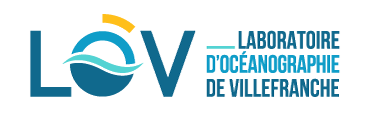Quantifying the role of photoacclimation and self-facilitation for seagrass resilience to light deprivation
Résumé
Introduction Light gradients are ubiquitous in marine systems as light reduces exponentially with depth. Seagrasses have a set of mechanisms that help them to cope with light stress gradients. Physiological photoacclimation and clonal integration help to maximize light capture and minimize carbon losses. These mechanisms can shape plants minimum light requirements (MLR), which establish critical thresholds for seagrass survival and help us predict ecosystem responses to the alarming reduction in light availability. Methods Using the seagrass Cymodocea nodosa as a case study, we compare the MLR under different carbon model scenarios, which include photoacclimation and/or self-facilitation (based on clonal integration) and that where parameterized with values from field experiments. Results Physiological photoacclimation conferred plants with increased tolerance to reducing light, approximately halving their MLR from 5-6% surface irradiance (SI) to ≈ 3% SI. In oligotrophic waters, this change in MLR could translate to an increase of several meters in their depth colonization limit. In addition, we show that reduced mortality rates derived from self-facilitation mechanisms (promoted by high biomass) induce bistability of seagrass meadows along the light stress gradient, leading to abrupt shifts and hysteretic behaviors at their deep limit. Discussion The results from our models point to (i) the critical role of physiological photoacclimation in conferring greater resistance and ability to recover (i.e., resilience), to seagrasses facing light deprivation and (ii) the importance of self-facilitating reinforcing mechanisms in driving the resilience and recovery of seagrass systems exposed to severe light reduction events.
Domaines
Sciences de l'environnement| Origine | Fichiers éditeurs autorisés sur une archive ouverte |
|---|


